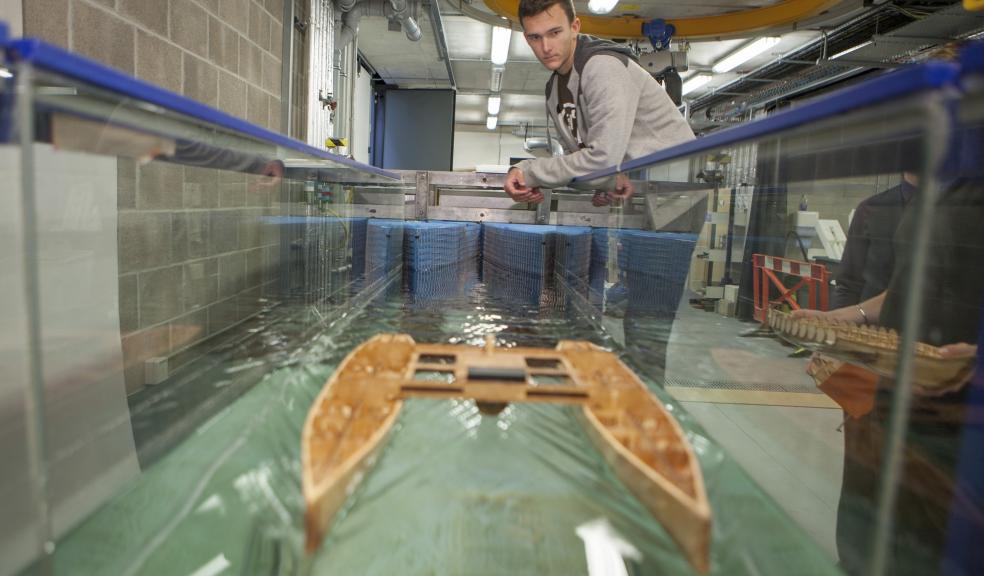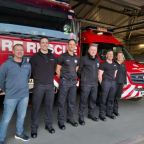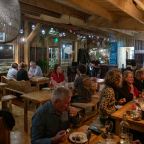
Students take the water and skies for first project
First year marine and mechanical engineering students at Plymouth University have taken to the water and the skies for the first project of their studies.
More than 150 students were challenged to create prototypes of boats or planes using high-tech design software, laser cutters, 3D printers and a range of materials.
Their creations were then subjected to a day of testing at the University, with the students competing against one another and analysing the effectiveness of their designs.
The projects are part of an immersive four-week module, which aims to provide students with an insight into some of the many topics they will encounter during their course.
Dr Frank Abraham, Associate Head of the School of Marine Science and Engineering, added: “These projects teach the students important skills in a practical and fun way. They are learning theories and principles which will stay with them through their studies and careers, while using their enthusiasm to generate novel solutions to the challenge being set. By fully analysing what they are doing, they can also learn the successful elements of their projects and other areas where they might need to focus more of their efforts in future.”
For the project, BSc (Hons) Marine and Composite Technology and BEng (Hons) Marine Technology students were challenged to design a boat that would travel a distance of 35 metres in the fastest possible time, both empty and carrying a 1kg weight. The vessels were then tested in the wave flume of the University’s Marine Building.
Meanwhile students from the BEng (Hons) and MEng (Honours) Mechanical Engineering or Mechanical Engineering with Composites, and BSc (Hons) Mechanical Design and Manufacturing programmes turned their hand to aeronautical design, building monocoque gliders which were then fired from a catapult.
Dr Jasper Graham-Jones, Associate Professor (Senior Lecturer) in Marine and Mechanical Engineering, said: “The students were given a very broad brief, and responded in a number of different ways to the challenges posed to them. But they have all gained an initial vision of the techniques they will be using during their studies, including Marine or aeronautical design CAD, laser cutting, use of adhesives, rapid prototyping and much more. Adding a competitive element adds to the enthusiasm, and gives each student the chance to see how they might adapt other ideas into their future thinking.”
A video of the students’ projects being tested can be viewed at https://www.youtube.com/watch?v=cYDYQwlC5n4.













